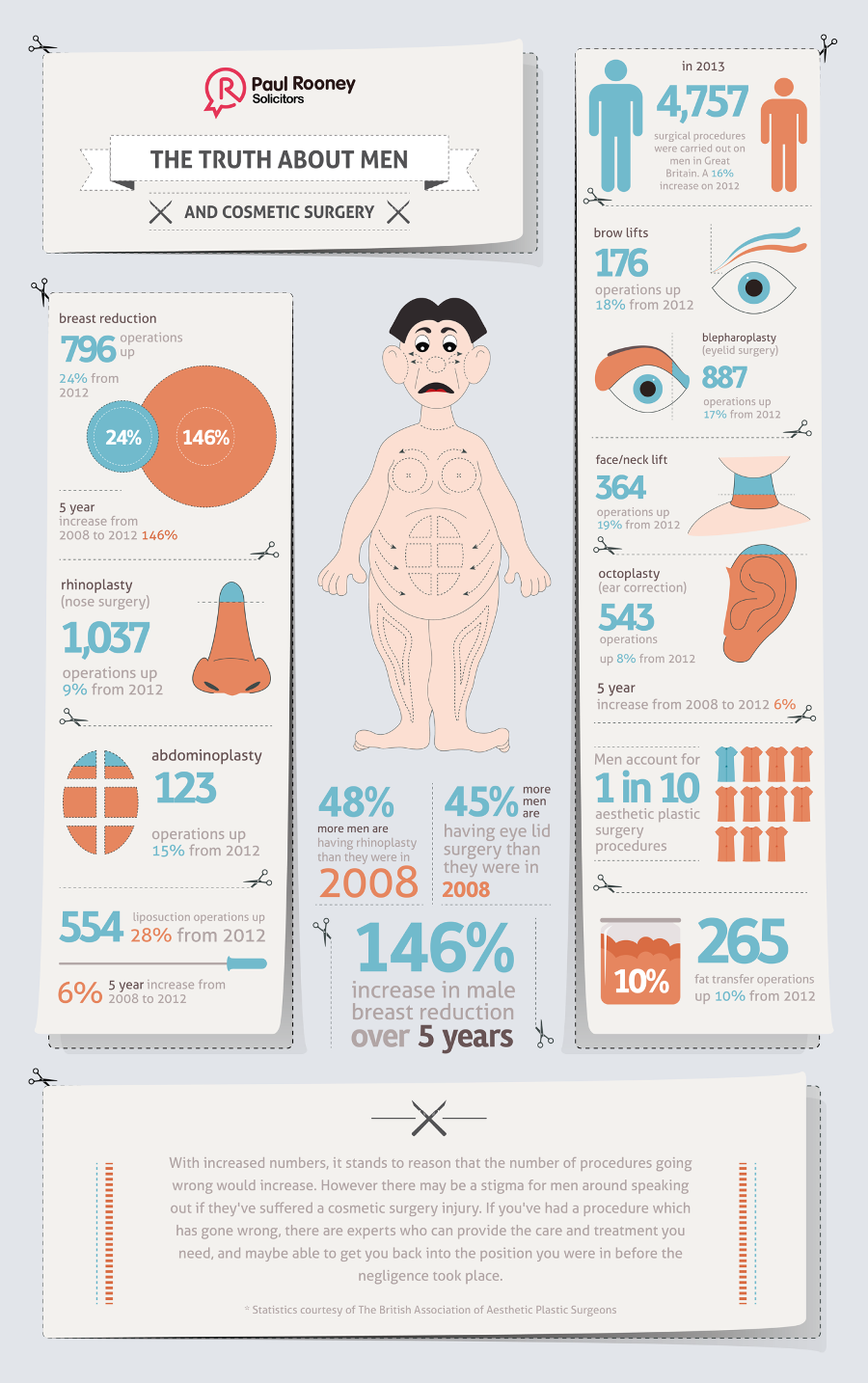How To Heal Acne Faster
How To Heal Acne Faster
Blog Article
Hormone Acne - What is Hormonal Acne?
Hormone acne is identified by clogged up pores and oily skin that commonly shows up on the chin and jawline. It happens when hormonal adjustments cause swelling and bacterial overgrowth within hair roots.
Outbreaks may appear as whiteheads, blackheads, papules or pustules and cysts or nodules in much more serious situations. It is extra usual in teenagers going through puberty however can impact grownups of any kind of age.
What Creates Hormone Acne?
While acne can be brought on by a selection of variables, consisting of making use of hair and skin treatment items that aren't oil-free or made with active ingredients that can obstruct pores, hereditary proneness, diet regimen,2 and stress, the root cause is fluctuating hormones. Hormonal acne occurs when the body experiences hormonal adjustments and variations that lead to an overflow of sebum, which creates swelling, boosted growth of germs and modifications in skin cell activity.
Hormonal acne is often found on the lower jawline, cheeks and neck yet can show up anywhere on the body. It is identified by imperfections that are cystic, excruciating and loaded with pus or various other product. It is additionally more probable to take place in ladies than guys, particularly during puberty, the menstrual cycle, maternity or menopause.
Age
While several children experience acne eventually throughout adolescence, it can continue to plague grownups well right into their adult years. Referred to as hormonal acne, this form of outbreak is linked to changes in hormones and is generally most common in women.
Hormone acne happens when oil glands create too much sebum, which clogs pores and catches dead skin cells. This causes the formation of blemishes, such as whiteheads, blackheads and papules, pustules, cysts or nodules, deep under the surface area.
This sort of acne commonly triggers pain, soreness and swelling. It may also be cyclical and show up around the exact same time each month, such as right prior to your duration starts. This is because degrees of women hormones like progesterone and oestrogen rise and fall with each menstruation.
Menstrual Cycle
Hormonal acne typically shows up in the lower part of your face, along the jawline and cheeks, as whiteheads, blackheads or inflammatory pimples (acnes more info and cysts). It's probably to appear around the moment when your menstruation changes.
Specifically around ovulation, when estrogen and progesterone degrees are on the rise, hormonal agent changes can cause outbreaks. However it's also feasible to get acne at any kind of factor during your 28-day menstruation.
If you observe that your hormonal acne flare right before your period, attempt discovering when exactly this takes place and see if it relates to the stages of your 28-day menstruation. This will aid you identify the root causes of your skin problems. For example, you might wish to work on stabilizing your blood glucose and cutting out high-sugar foods, or take into consideration a prescription medicine like spironolactone that can regulate your hormonal agents.
Pregnancy
Expanding an infant is a time of dramatic hormone changes. For several ladies, this includes a flare-up of hormone acne. This type of outbreak usually begins in the very first trimester, around week six. It's triggered by hormone rises that stimulate sweat glands to make more oil, which can obstruct pores and trigger even more germs to accumulate.
Breakouts might also take place as a result of pre-existing conditions like polycystic ovary disorder, which can also be a concern during pregnancy and menopause. Additionally, some types of contraceptive pill (such as Ortho Tri-Cyclen and YAZ) can set off hormone acne in some women.
The good news is, many acne therapies are "no-go" for expecting females (including preferred acne-fighting ingredients such as isotretinoin and spironolactone). However if you can not prevent those aggravating bumps, your physician might prescribe dental erythromycin or cephalexin, which are secure during pregnancy.
Menopause
As females approach menopause, the estrogen levels that created their hormone acne to flare during adolescence start to stabilize and reduce. At the same time, nonetheless, a spike in androgens (likewise called male hormones) happens due to the fact that these hormones can not be exchanged estrogen as efficiently as in the past.
The excess of androgens can activate oil production by the sebaceous glands, which blocks pores. When the clogged pores ended up being swollen and irritated, a pimple kinds.
Hormonal acne is usually seen on the face, specifically around the chin and jawline, but it can happen on the neck, back, shoulders, or upper body. This type of acne tends to flare in an intermittent pattern, similar to the menstrual cycle. Stress and anxiety, which increases cortisol and throws hormonal agents out of equilibrium, also contributes to the outbreaks.